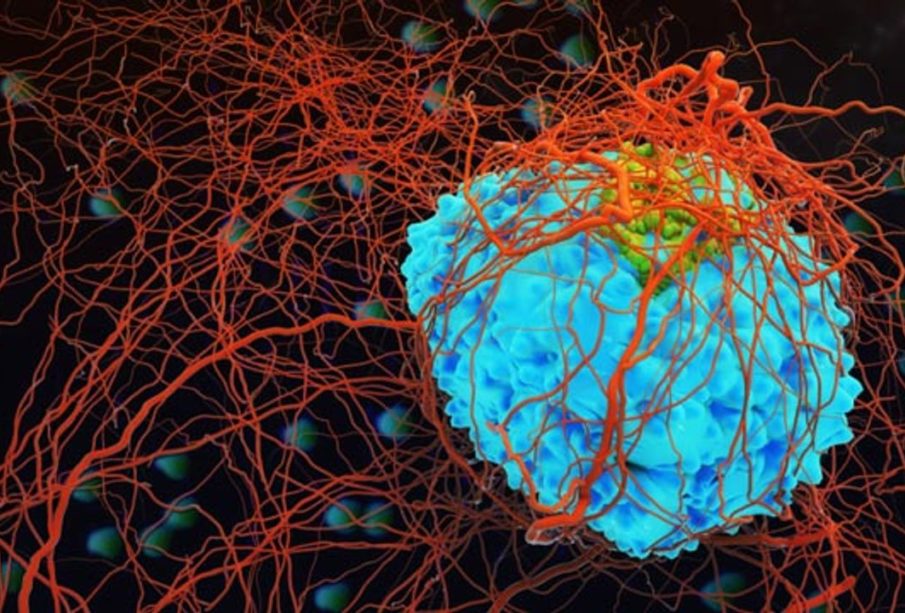What is the cell cycle, its phases, control points, regulation and its implication in cancer development?

What is the cell cycle?
The cell cycle is the ordered and sequential set of events occurring within all cells. They involve their growth and eventual reproduction into two “daughter” cells. It is a vitol process for the existence of multicellular beings.
This process starts with the appearance of a young cell and ends with its maturation and cell division, which leads to the creation of two new cells. It is carried out according to a set of stimuli and biochemical responses interpreted by the cell nucleus, guaranteeing the orderly reproduction of the body’s tissues.
Therefore, cells typically initiate their cell cycle when the environmental conditions are conducive to it. However, the process does not always occur in the same way, with essential variations in animal and plant cells or prokaryotes and eukaryotes. However, it occurs in all living cells, with similar purposes and stages.
Cell cycle phases
The cell cycle stages are described according to the following steps:
- G 1. Gap 1 or Interval 1
- S. Synthesis
- G 2. Gap 2 or Interval 2
- M. M-phase, whose name is because it includes mitosis or meiosis, before the cytoplasmic division or cytokinesis.
Before the cell cycle, the cells are called “quiescent” (meaning they choose to be quiet). Once they have launched the cell cycle, they are called “proliferating” (meaning that they multiply rapidly).
It is not linear but circular since young cells can choose to repeat the process, thus creating two new ones each, as needs dictate. And broader speaking, the different stages that comprise it are organized based on two separate phases, which are:
The interface. This first phase comprises the G1-S-G2 stages, and during them, it grows to its proper level to start the duplication of its genetic material, copying it entirely according to its DNA.
Gap stage 1. The cell grows physically, duplicating its organelles and the proteins necessary for the following stages.
S stage. A full copy of the cell’s DNA is synthesized, and a duplicate of the centrosome will help separate the DNA in later stages.
Gap Stage 2. The cell grows in size, makes new proteins and organelles, and prepares for mitosis and cell division.
The M phase. This mitotic phase begins when the cell has already duplicated its genetic material and organelles, ready to divide into two identical individuals. Mitosis starts by separating the DNA strand into two double chains. In this result, two new cell nuclei move apart from each other towards opposite poles.
M phase is divided into four distinct phases: prophase, metaphase, and anaphase, telophase.
Hence, when cytokinesis begins, which is the preparation for the final separation of the two new cells, each nucleus remains separate. A barrier starts to be generated between both cells, which will later become part of the plasma membrane itself, and finally, the physical separation occurs.
Cell cycle regulation
The cell cycle must occur under specific conditions that require precise control and regulation. So that without clear instructions, not only does the entire process not start but the transition from one phase to the other will not occur.
In the first step, control is exercised by genes in the cell’s genetic code. There are instructions for making or modifying proteins to trigger each cycle stage. For example, the enzymes that activate, facilitate or terminate each phase are cyclins and cyclin-dependent kinases.
Cell cycle checkpoints
The p53 protein repairs DNA during the cell cycle.
During mitosis, a series of cell cycle checkpoints in which the process is supervised, ensuring that no mistakes have been made. These are transitory existence verification routes. Once their function has been fulfilled and verified that the process continues without errors, they disappear.
In addition, if the problem, after some time, has not been resolved satisfactorily, these checkpoints prepare the cell to undertake self-destruction or apoptosis.
The checkpoints during mitosis are as follows:
At the end of the G1 stage and before the S. This is the checkpoint for unreplicated DNA, inhibiting the Cdc25 gene, which activates Cyclin A/B Cdk1, thus preventing the cycle from continuing.
Before anaphase in mitosis, it is a checkpoint that guarantees the separation of the chromosomes. It operates by activating the Mad2 protein that prevents the degrsecurin from securing until the conditions are appropriate.
DNA damage checkpoints in G1, S or G2. If cell damage occurs, specifically to the genetic material, the p53 protein will be activated, which allows DNA repair. If this fails, apoptosis processes are immediately activated.
Importance of the cell cycle
The cell cycle is the entire cell reproduction cycle, which permits the growth of eukaryotic organisms and tissue repair. Moreover, it causes the necessary proliferation, e.g., it generates the critical mass to form embryos of future new individuals of the species.
This process is carried out constantly. It is encoded in our DNA, which is why it is one of eukaryotic cell life’s fundamental and original cycles.
Cancer and the cell cycle
it is a disease in which specific cells of certain tissues initiate abnormal, unstoppable reproduction of dysfunctional cells. This process, which can cause death if not stopped in time, is not interrupted by the natural process of cell apoptosis, so it requires medical intervention.
Many scientists suggest that the beginning of the carcinogenic process is in specific cell cycle regulatory genes that do not work well or were damaged, subjecting the process to a lack of control that generates other failures and culminates in the formation of a tumour. Such genes are known as oncogenes and their precursor as protooncogenes.













